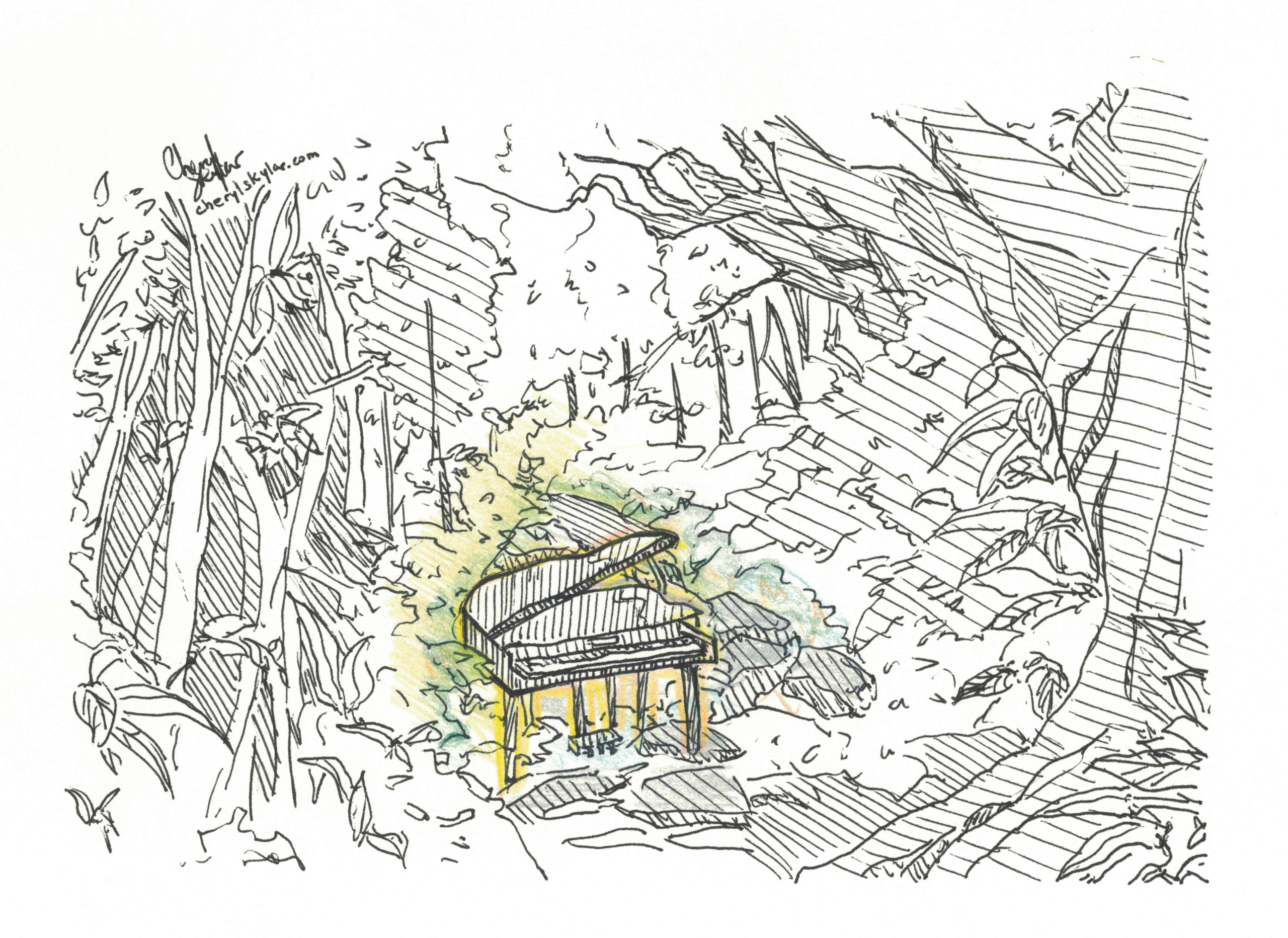Set in the classical music world, Mozart in the Jungle follows the New York Symphony Orchestra as they try to survive and navigate a time when their most trusted patrons are old enough to have served in Vietnam. In store are a talented orchestra, a new conductor, an old conductor, a union, some donors, and one oboist.
Inspired by Blair Tindall’s memoir, Mozart in the Jungle: Sex, Drugs, and Classical Music, the show is a delightful surprise even after you read the Wikipedia summary — no, I don’t always do that for shows I said I’d watch.
This show reacquainted me with classical music by encouraging conversations about old classical music and composers as though I knew them. Witness that even great composers and artists have human fallacies; Mozarthighlights their dirty secrets and general reputation in the music world. The show also introduces slightly unknown pieces by modern classical artists, such as “Hi” by Caroline Shaw. The contrast between old and new provides a revealing platform of the current classical music climate.
Mozart in the Jungle is as eccentric as its title, however, what is even more peculiar is the male lead Rodrigo De Souza. Portrayed by the ever so charismatic Gael García Bernal — The Motorcycle Diaries, anyone? — Rodrigo is the new conductor of the symphony. He advocates for hallucinogens, rides a bike, drinks malt, talks to dead composers, gets cursed by other dead people, and is just a hoot to watch.
Rodrigo wants to achieve the impossible but the realities of the orchestra’s financial situation and ‘red tape’ bar him from achieving his dreams. That is the crux of the show — the battle of art against money. Art cannot be kept alive without money, but it cannot thrive under its burden.
All in all, the show is quite the ride.


